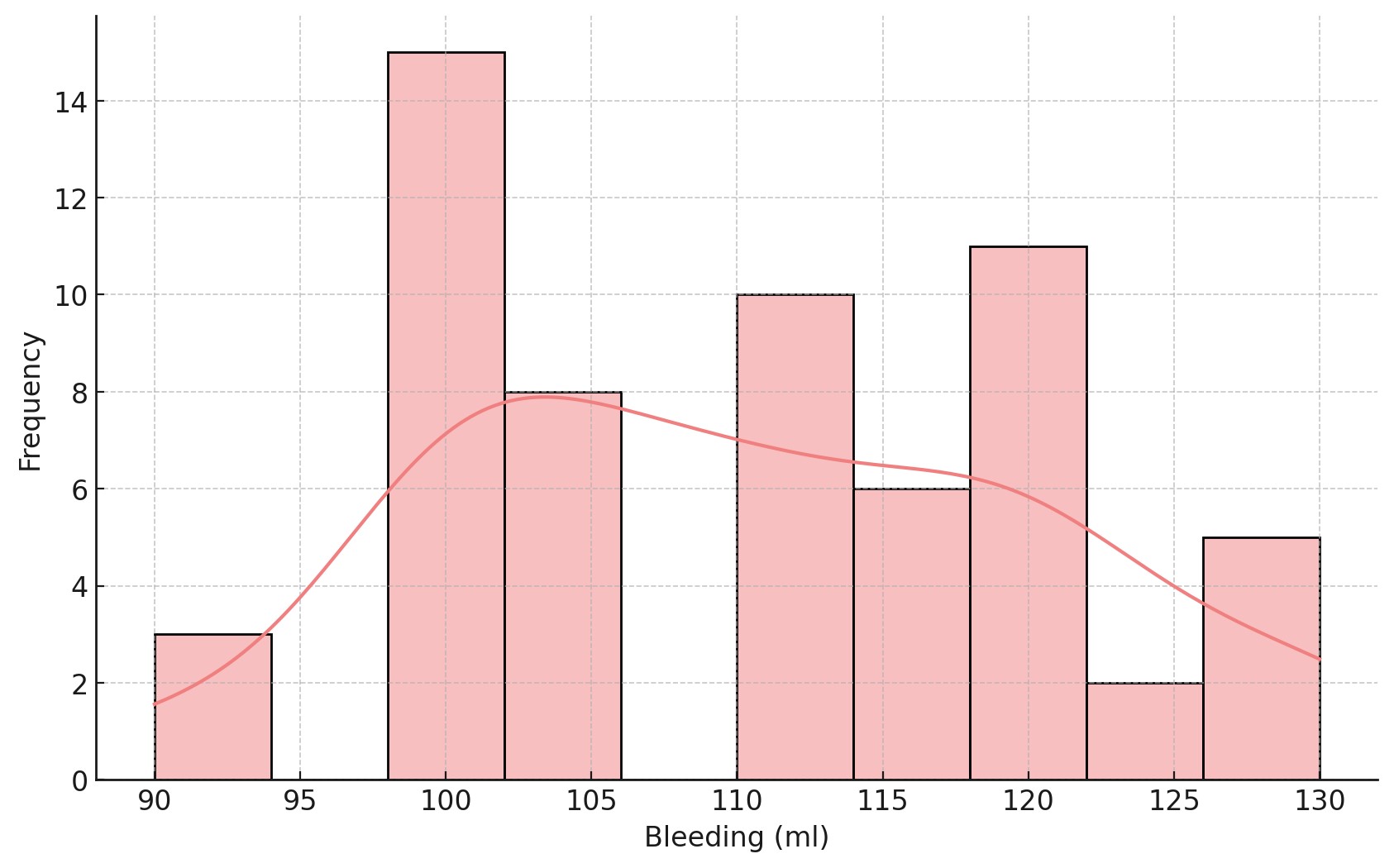Endoscopic Electric Drilling in the Correction of Nasal Septal Spur of the Vomer
محتوى المقالة الرئيسي
الملخص
The study aims to evaluate endoscopic electric drilling in the correction of nasal septal spur of the vomer as an alternative technique to minimize trauma to the nasal septal flap and reduce intraoperative bleeding and postoperative septal perforation. The bony septum, consisting of the perpendicular plate of the ethmoid superiorly and the vomer inferiorly, divides the nasal cavity into two compartments, resulting in increase of the surface area of the mucosal surface exposed to inspired air. Spurs are located at the junction of the perpendicular plate of the ethmoid and the vomer in the posterior nose; which represents one of the surgical challenges for surgical correction.
Patients and methods: This study is a descriptive cross-sectional study evaluating the use of endoscopic drilling for the correction of nasal septal spur of the vomer in 60 patients between the age of 18 and 50 years old who were admitted to a private clinical setting, Sana’a-Yemen between Mar 2022 and February 2024.
Results: The mean age of patients in this study was (25.17±7.04) years. The study included 32 males (53.3 %) and 28 females (46.7%). The Mean drilling time was (9.49 ± 1.14) minutes, with longer time was (12.0) minutes and shorter time was (7.5) minutes; the mean blood loss during the operation was (110.33 ± 10.57) ml, with a maximum blood loss of (130.0) ml and a minimum blood loss of (90) ml.
Conclusion: It can be concluded that the endoscopic electric drilling is a quick, safe and an effective technique for correction of nasal septal spur of the vomer with much reduced intraoperative bleeding and postoperative septal perforation.
التنزيلات
تفاصيل المقالة

هذا العمل مرخص بموجب Creative Commons Attribution-NonCommercial-NoDerivatives 4.0 International License.

